75 Fabulous Native Shrubs and Trees
These keystone species are as easy and beautiful as they are important.
Good morning, Yardener!
This newsletter is a short one, because I’ve been working so hard to get ready for tonight’s class of Transform Your Yard. Our amazing students have been working so hard, it’s only fair that I work even harder!
Having completed Part I: Designing Your Yard, our students have begun choosing plants, starting with shrubs and trees. I managed to convince them — they’ll thank me — to include as many shrubs and trees as possible, especially to along their fences. Softening their fence lines with a hedgerow of shrubs will actually make the space feel bigger, as well as more encompassing.
What plant hosts the most caterpillars for your zip code?
Last week’s assignment included identifying keystone shrub and tree species for their zip codes. Because adding keystone shrubs and trees is the best way to amp up the wildlife value of their yards. Keystone shrub and tree genera host dozens — often hundreds — of moth and butterfly caterpillars.
Simply put, keystone plants are the most productive plants that support the most species! Doug [Tallamy]’s research at the University of Delaware has shown that a few genera of native plants, or keystone genera, form the backbone of local ecosystems, particularly in terms of producing the food that fuels insects. By planting just one of these keystone plants you can help restore native biodiversity! Landscapes that do not contain one or more species of keystone genera will have failed food webs, even if the diversity of other plants is high. — homegrownnationalpark.org
You can find keystone species for your own zip code by using the National Wildlife Federation’s Native Plant Finder. Set your location, then scroll to trees and shrubs, which are listed in order of the number of lepidoptera they host; to see species local to your area, click on the genus.
How many keystone genera do you recognize?
In the meantime, check out the beautiful images below of keystone species from tonight’s lesson. How many genera do you recognize? Are you ready to add them to your own yard? If so, you can find species in each genera at your local all-native plant nursery — or first identify great species appropriate to your yard by filtering our spreadsheet of Great Keystone Plants. (Click on the Latin names for images and details. Drill down to a county-level range map by clicking on the range description; light green is native to a county, dark green native to a state, blue is exotic.)
Important: Please choose species native to your area — and avoid exotics. For example, if you live in Virginia, then Prunus angustifolia (chickasaw plum) is native and supports native insects; however, Prunus serrulata — the Japanese cherry flowering just north of you in Washington D.C. — is not native and will not support as many native insects.
Happy planting!
— The Avant Gardener
Screening shrubs for sun to shade
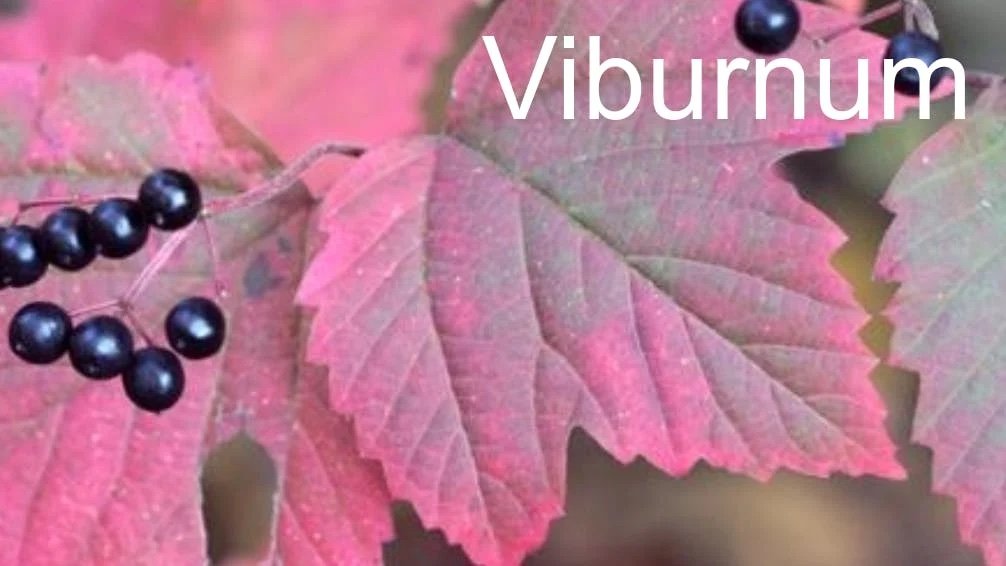
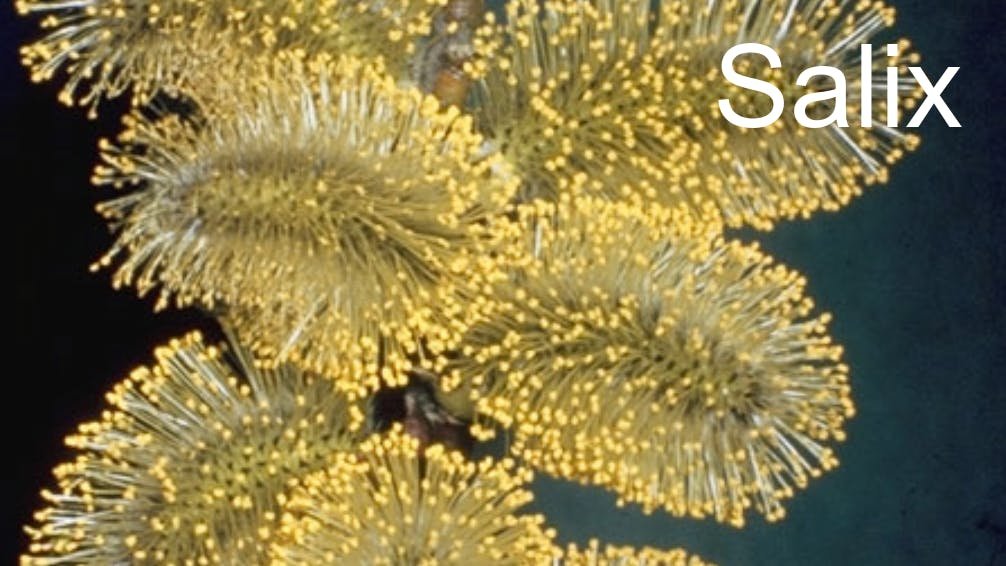
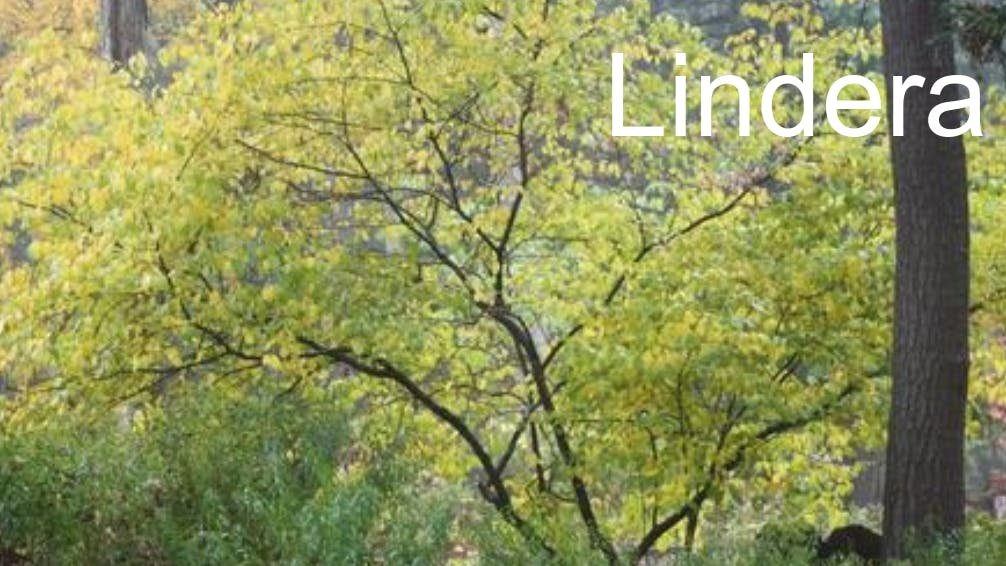
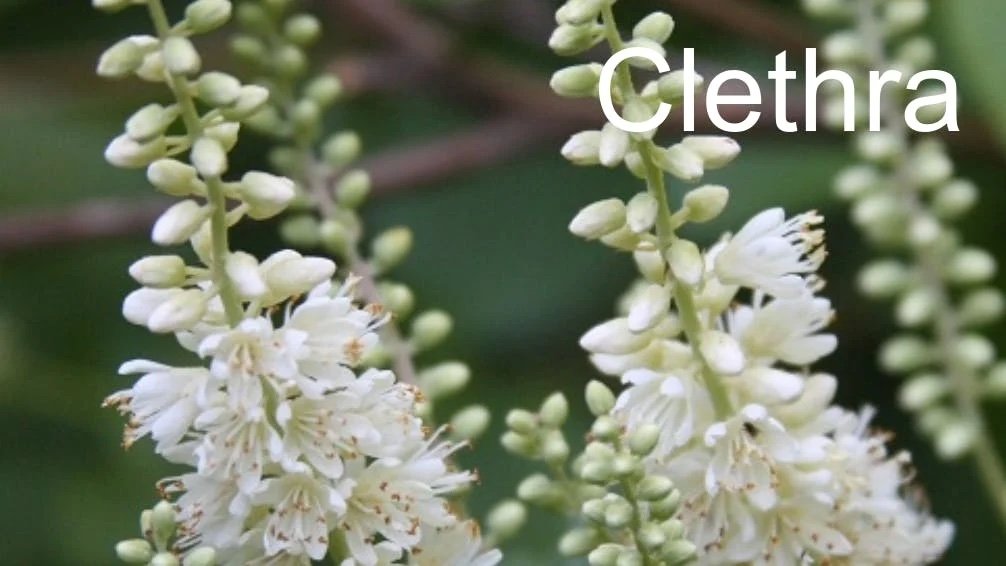
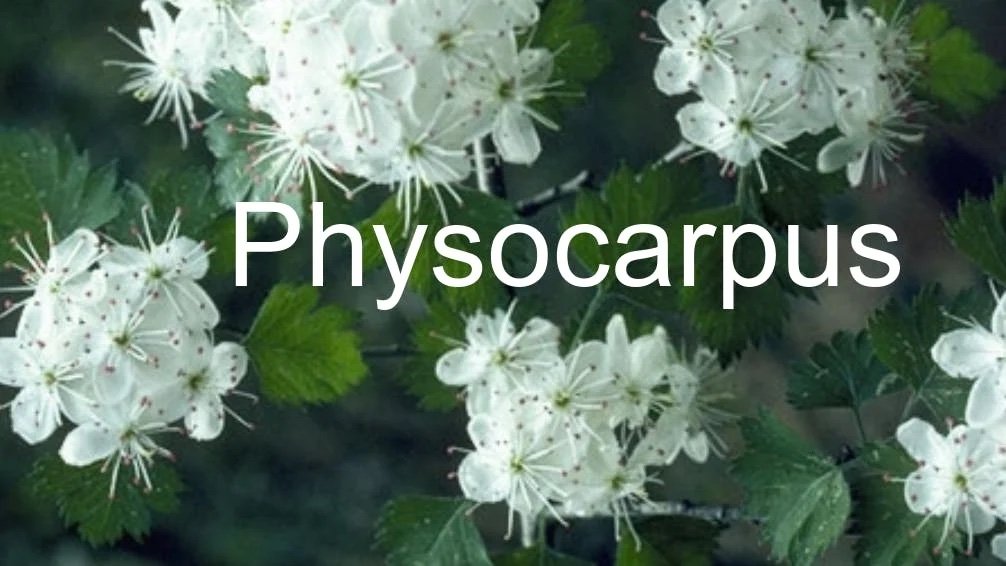
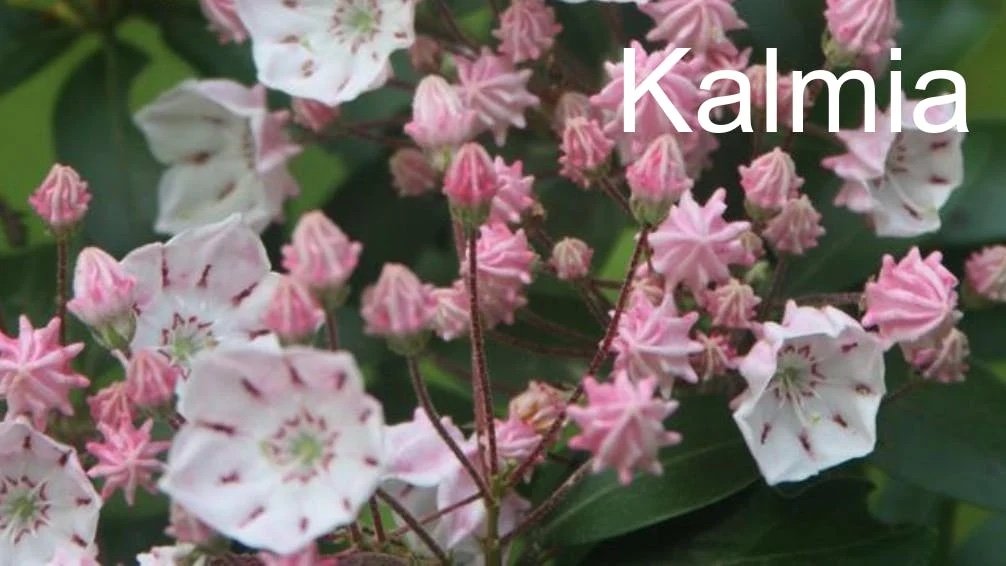
Edible screening shrubs
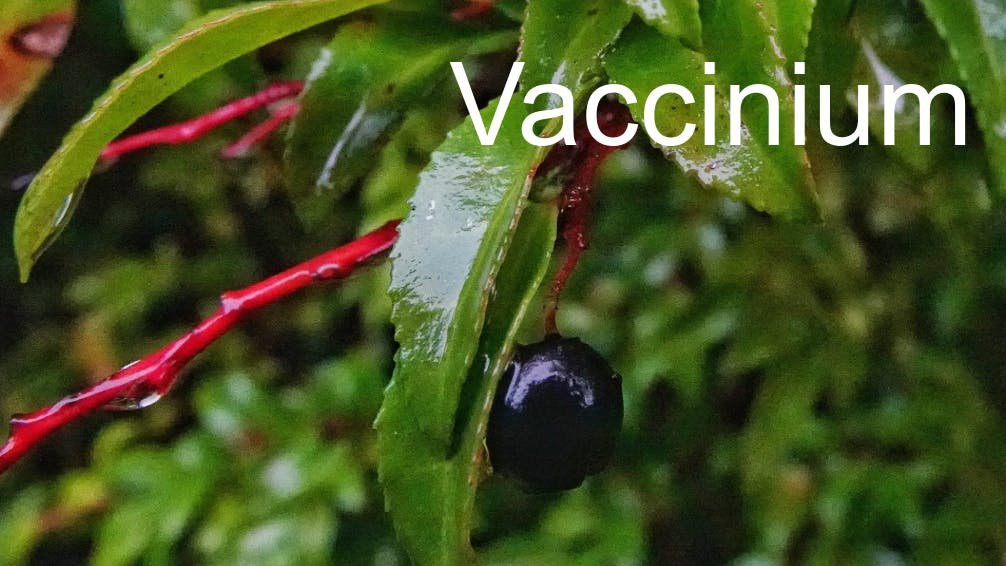
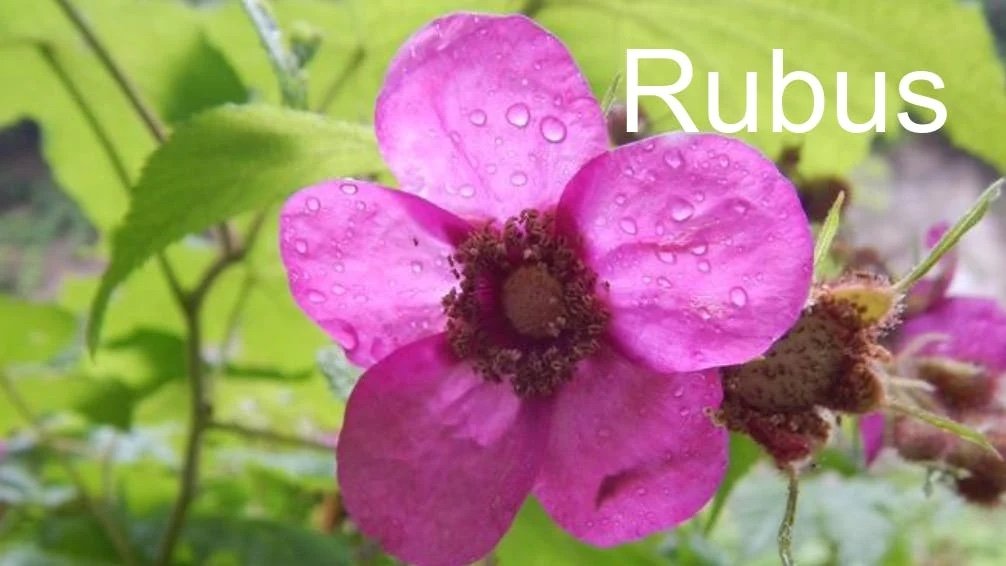


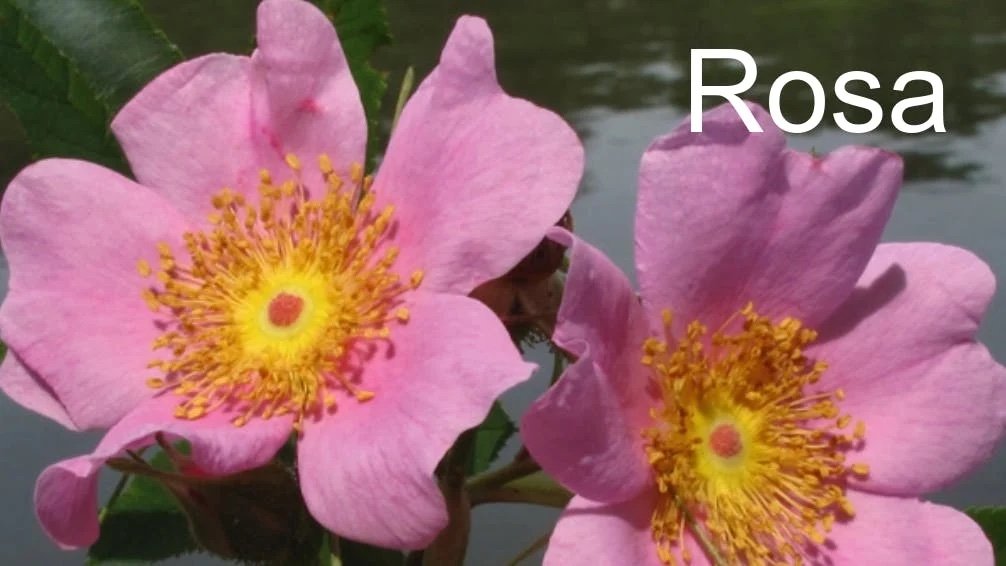
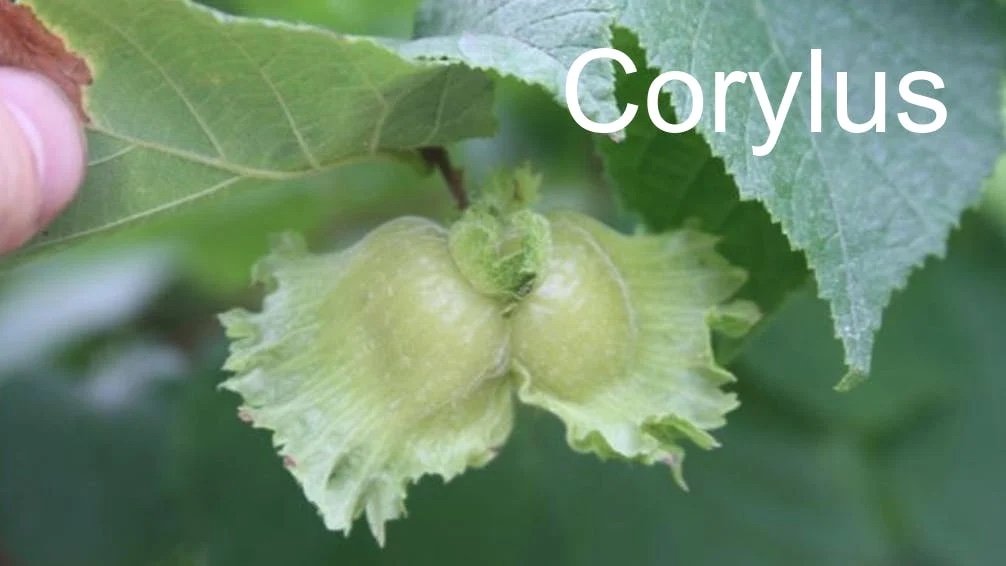
Screening shrubs with multi-season interest
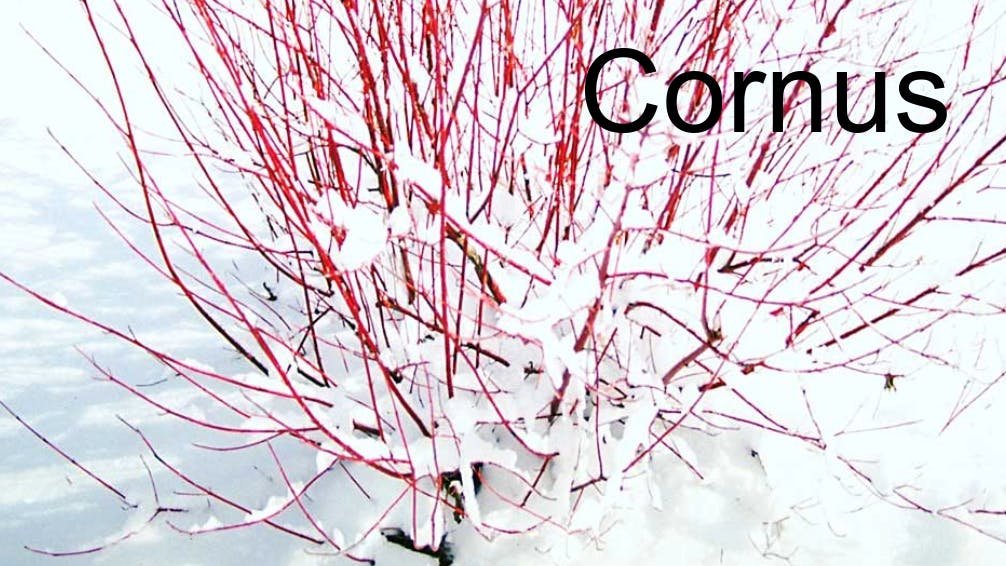
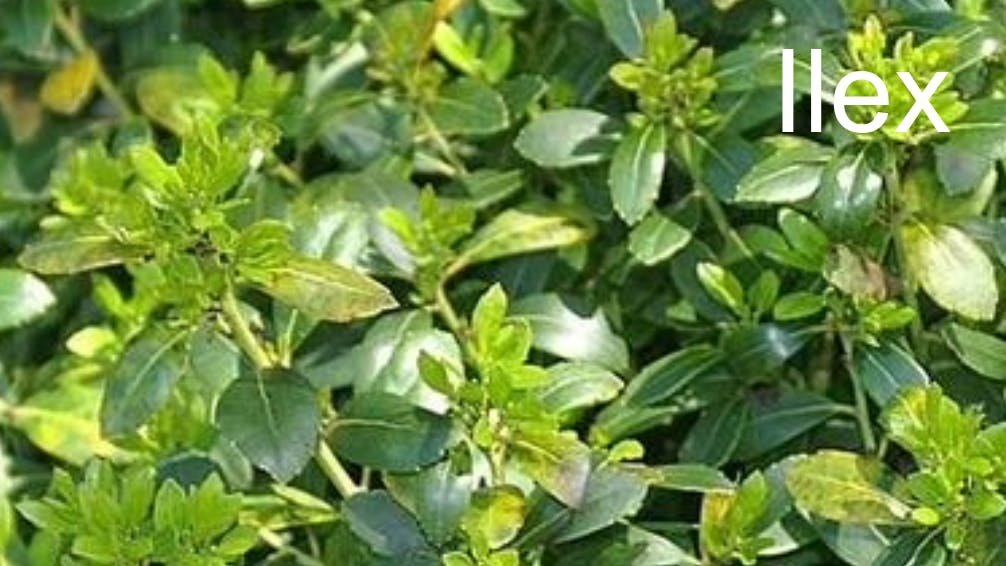
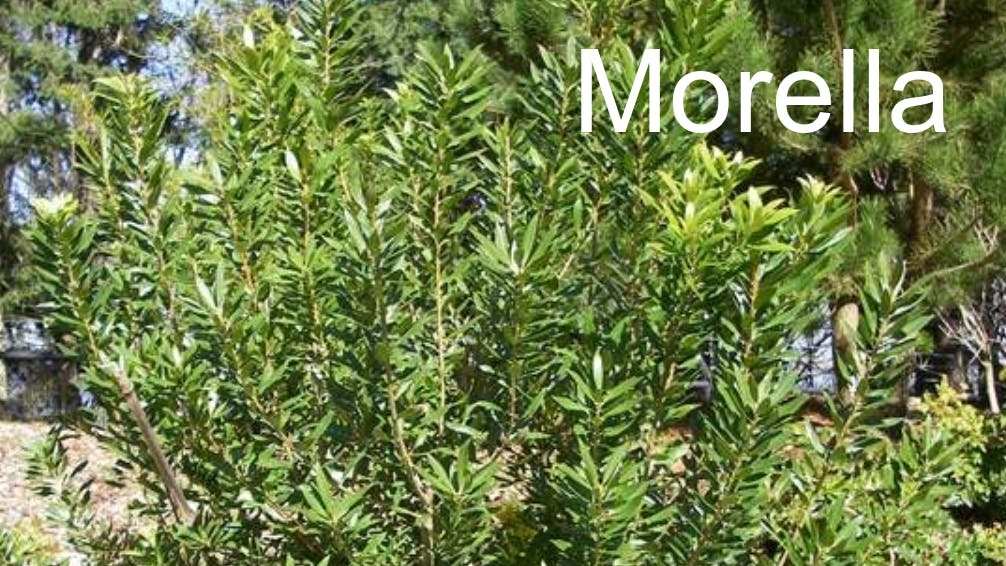
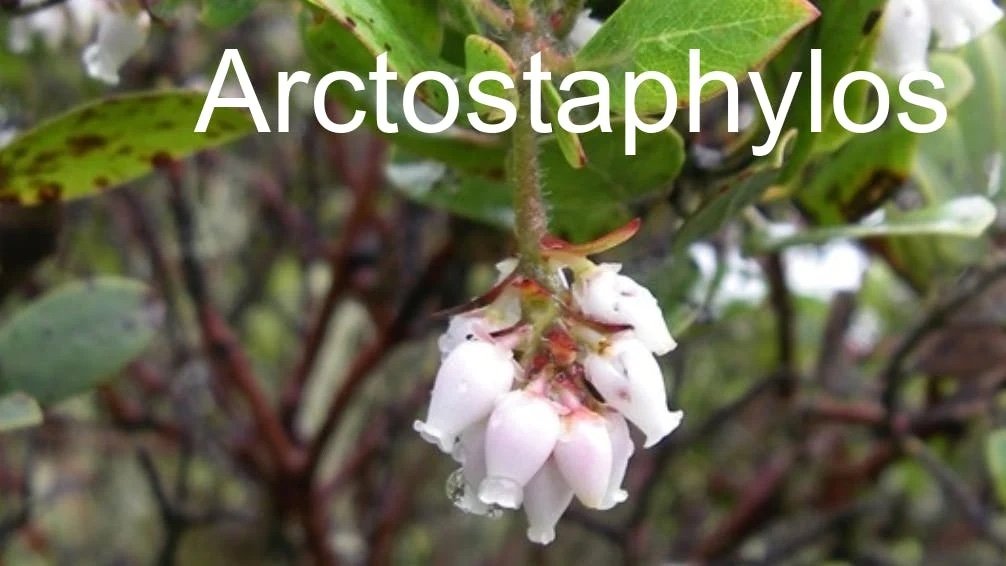
Conifers for year-round structure

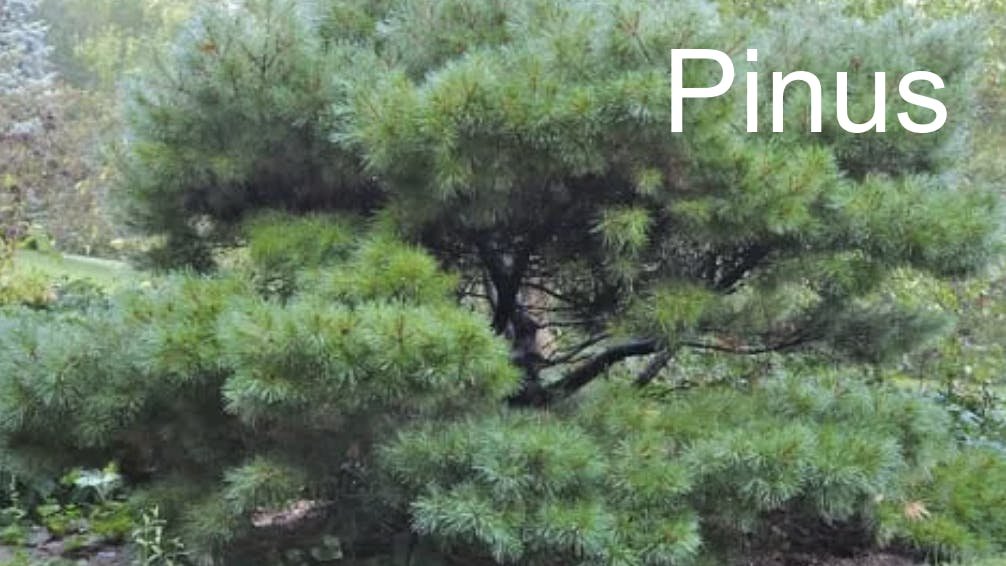
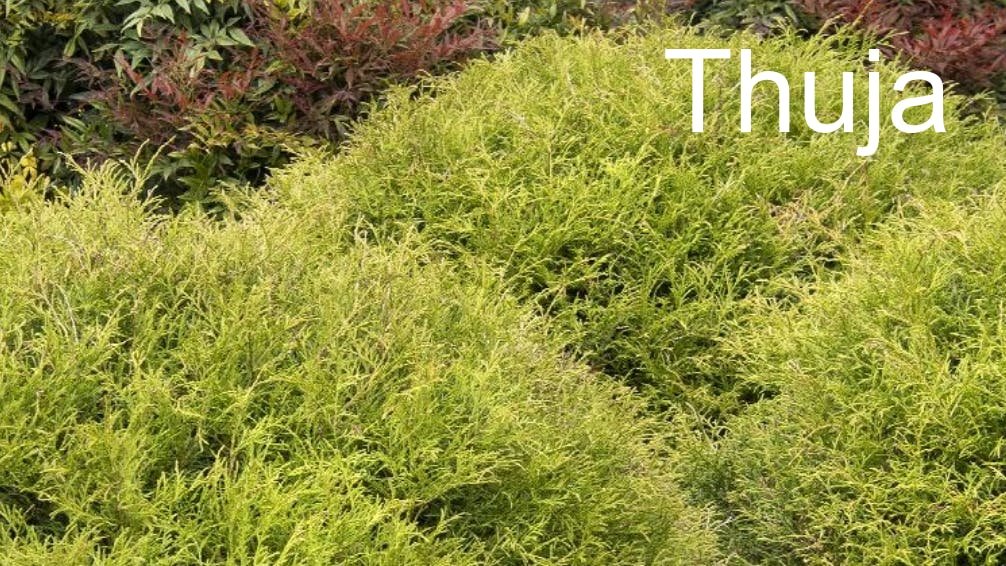
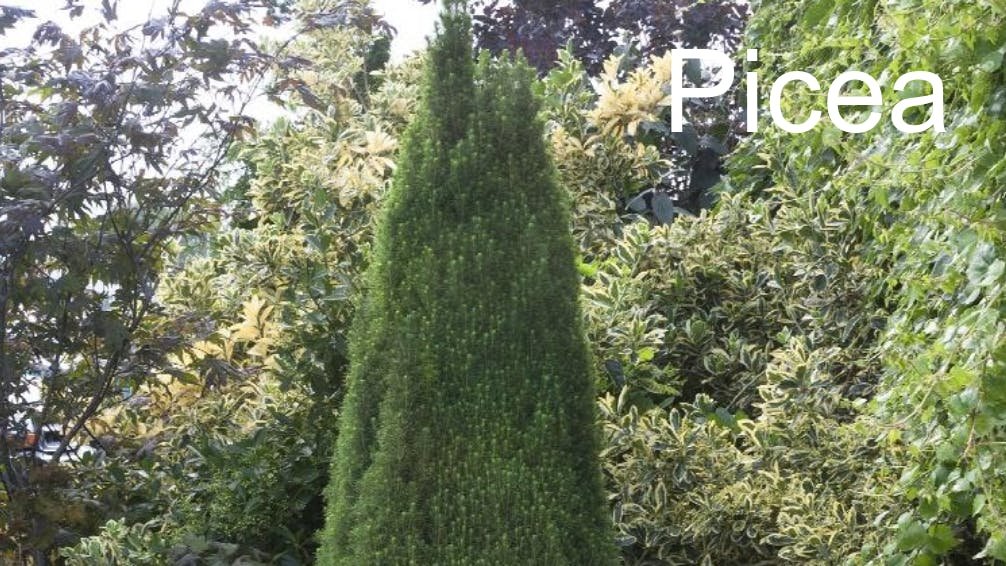
Small shrubs for low hedges
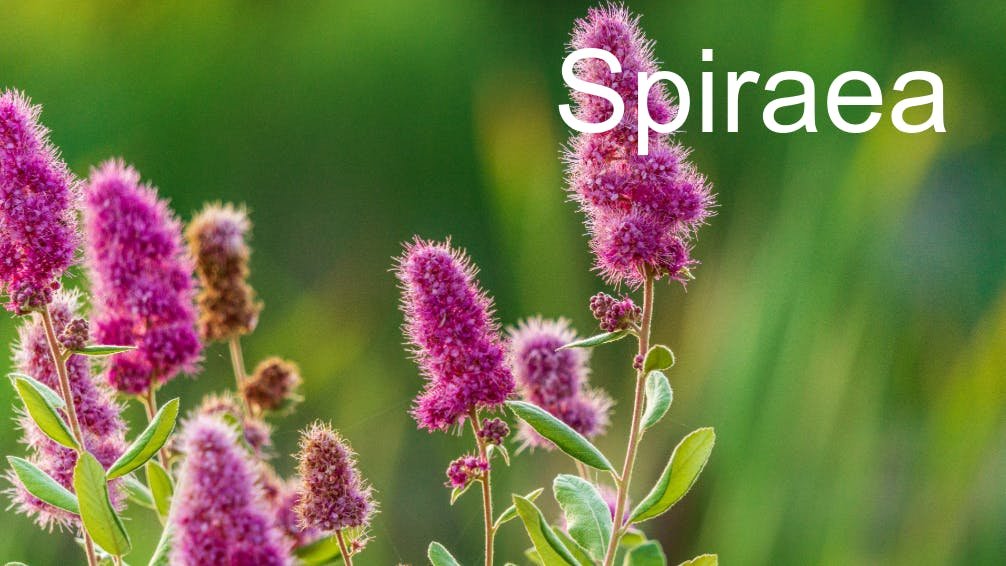


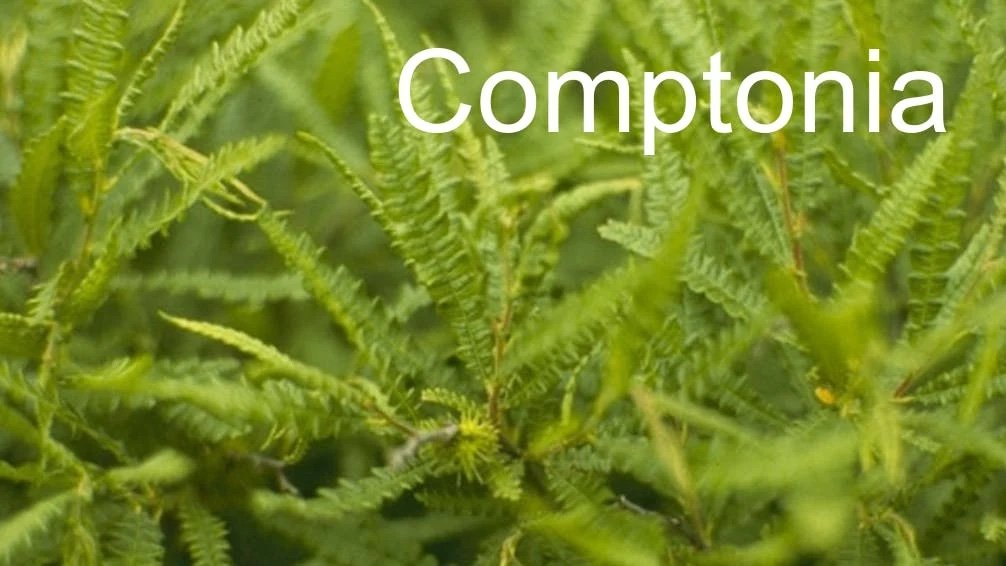
Showy small trees

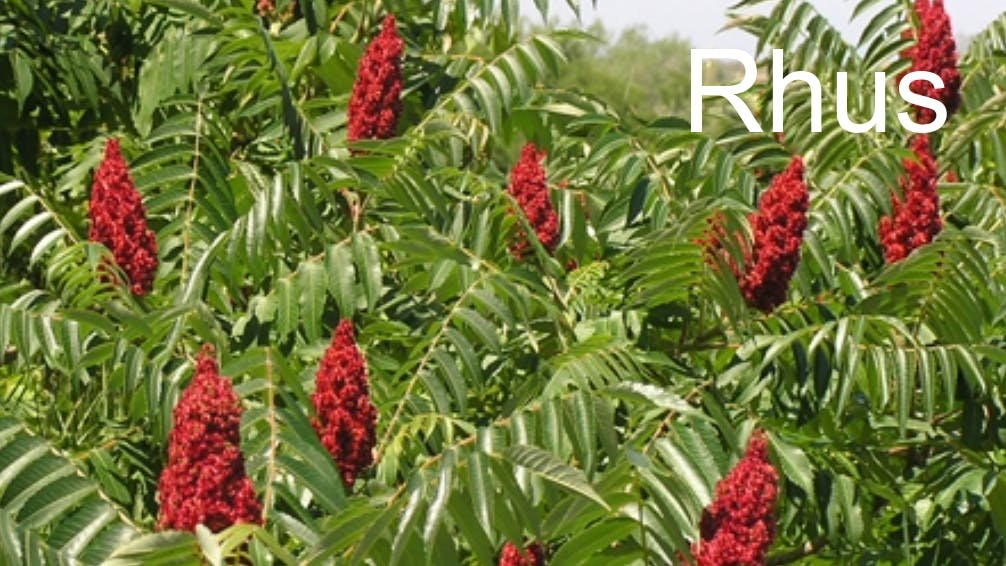
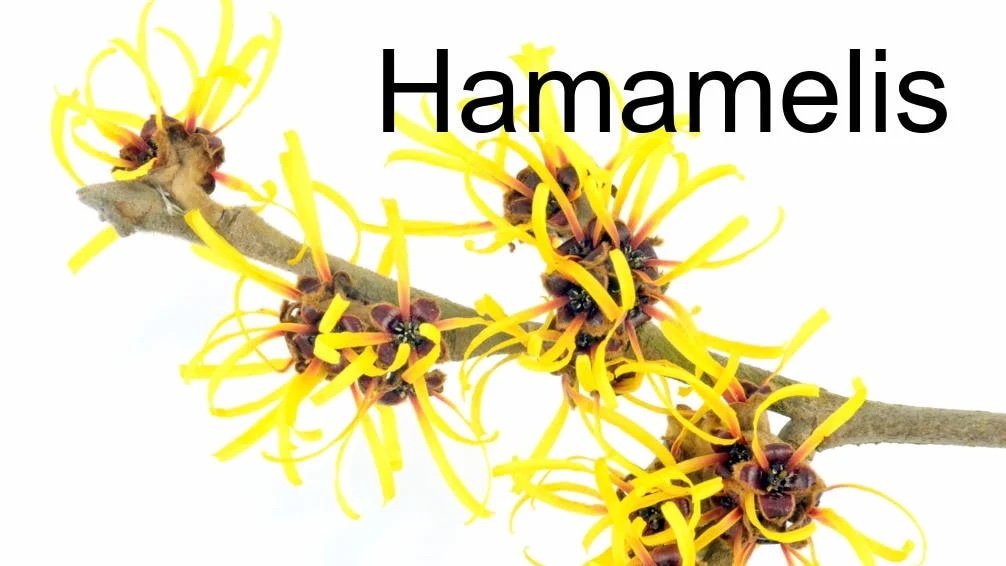
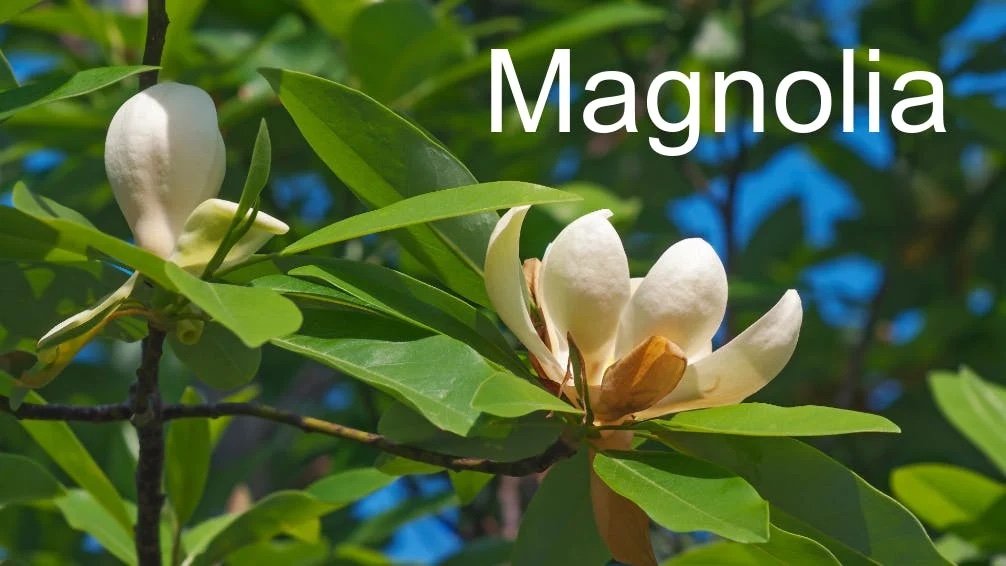
Fast-growing and fabulous trees
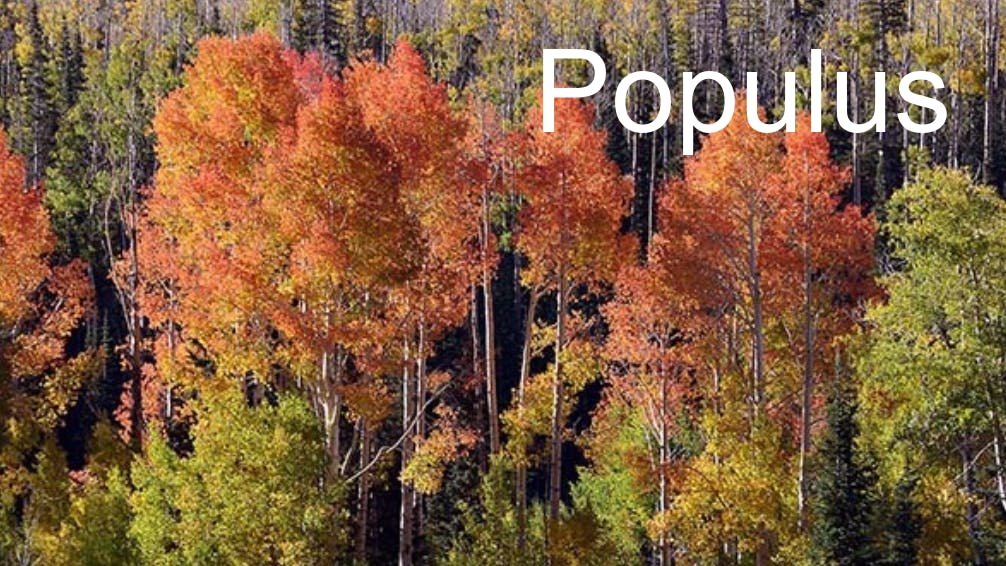

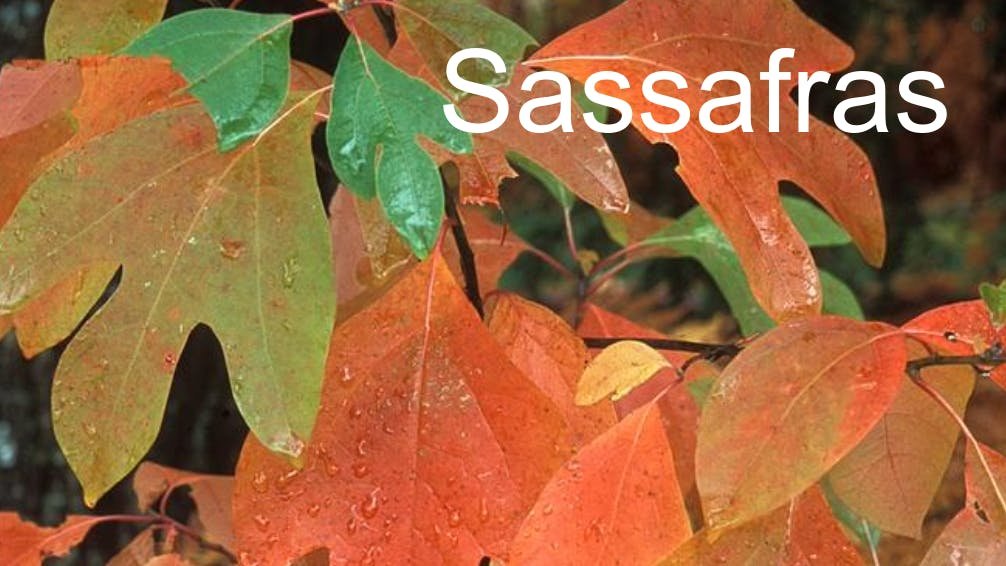
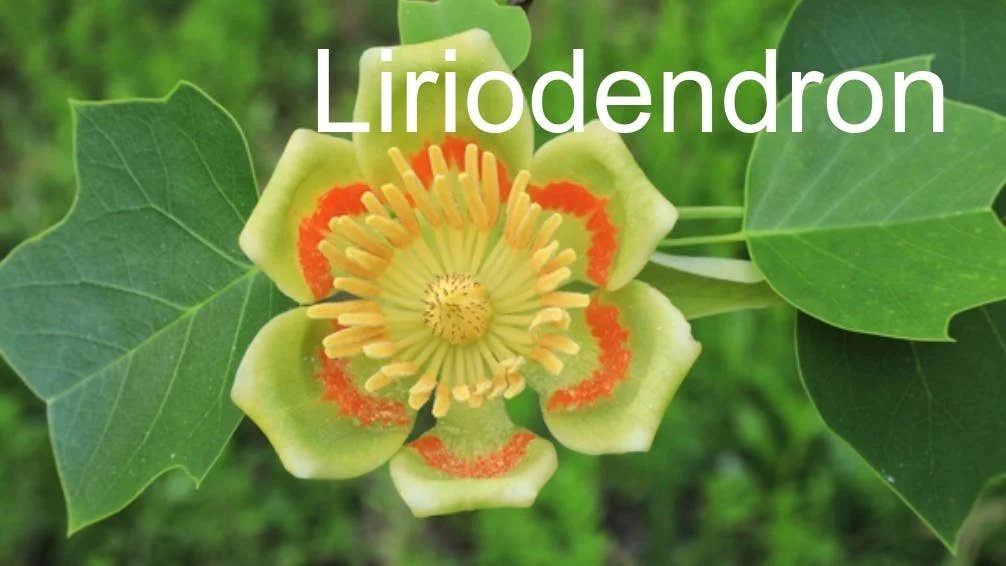
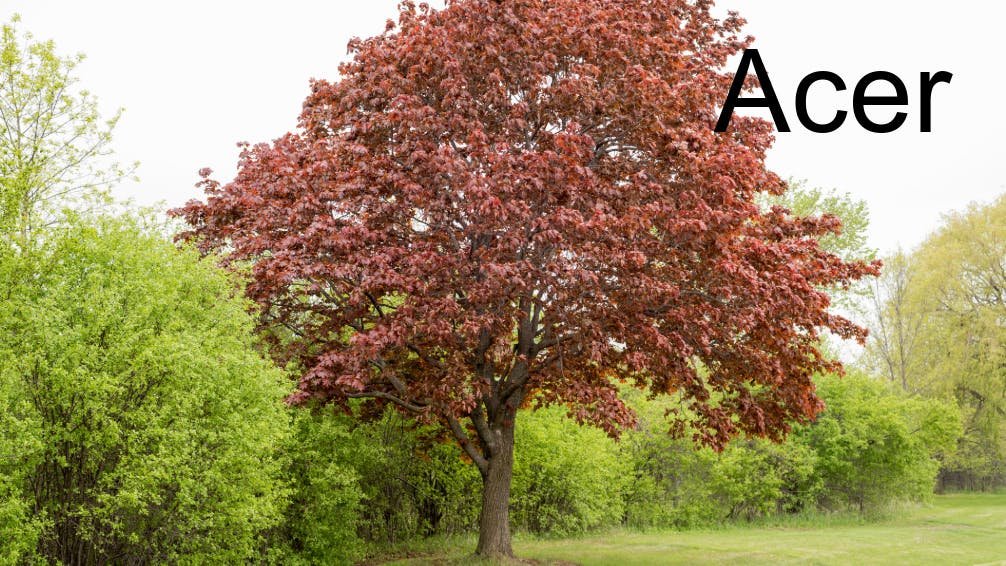
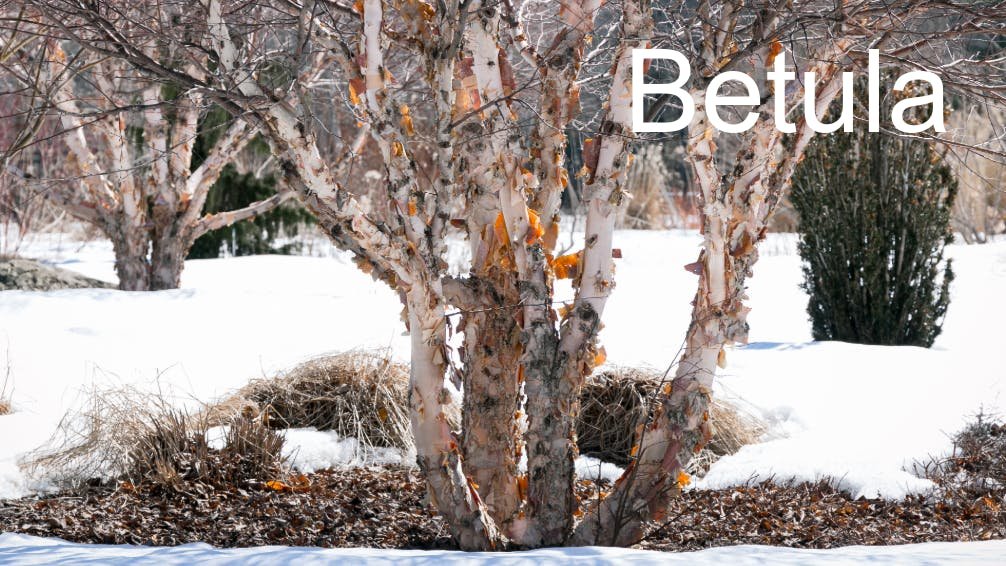
The keystone of keystones — available in size small
All images sourced from Lady Bird Johnson Wildflower.org.

